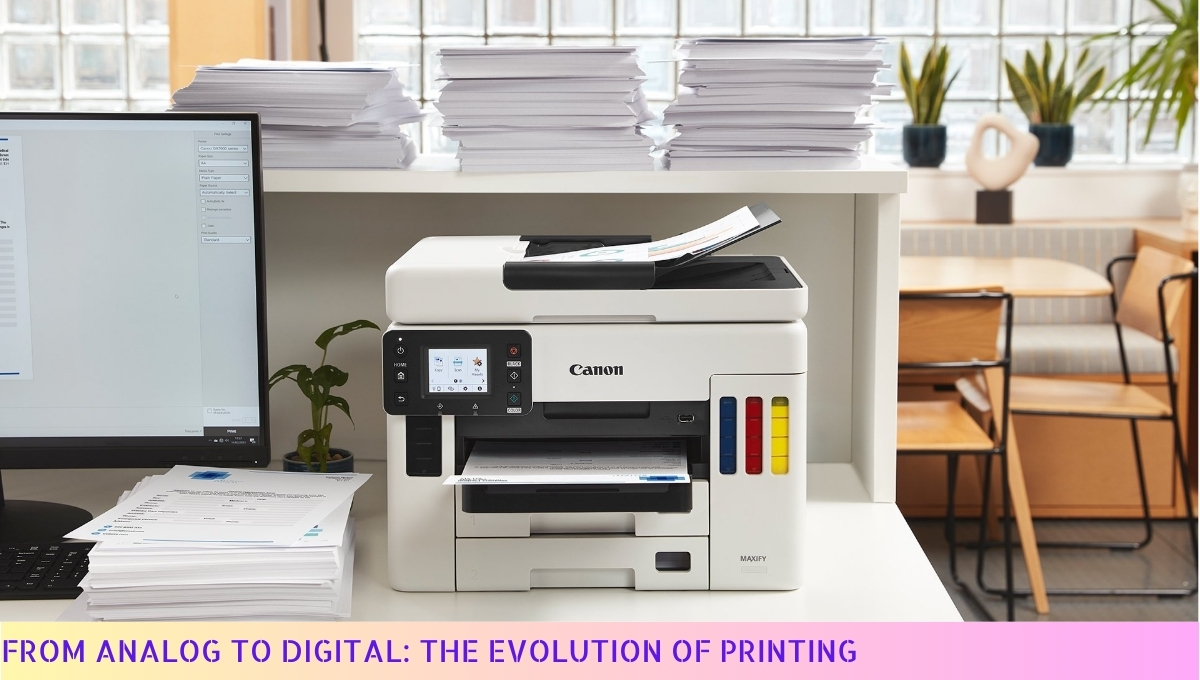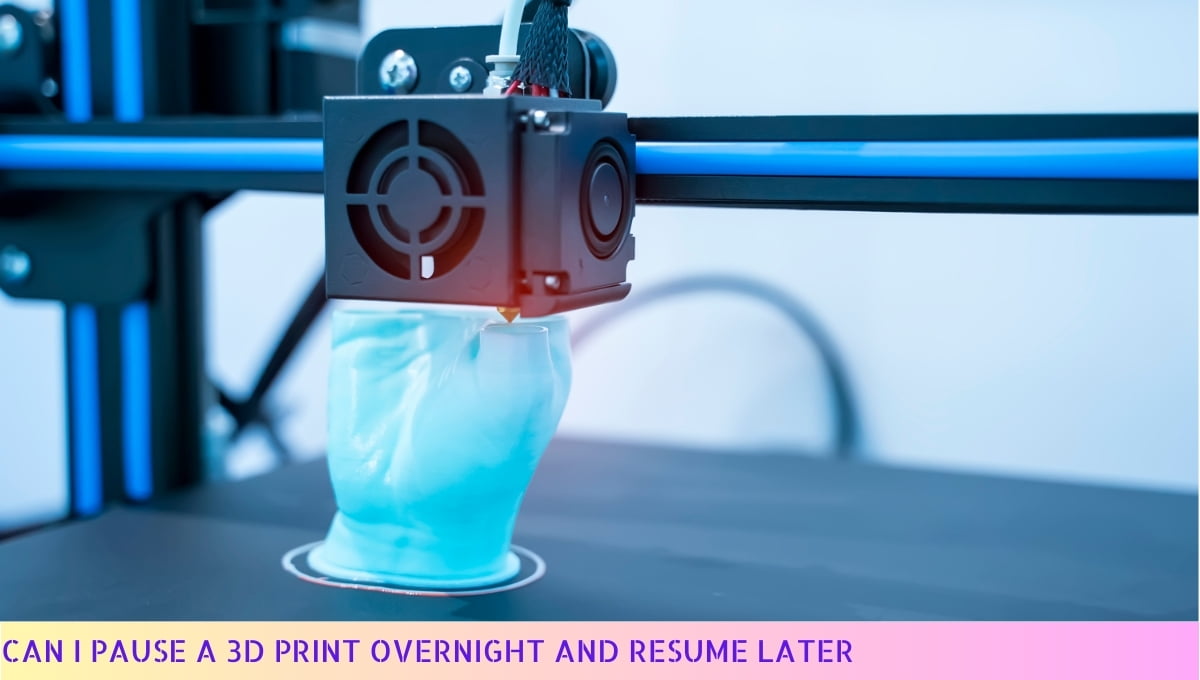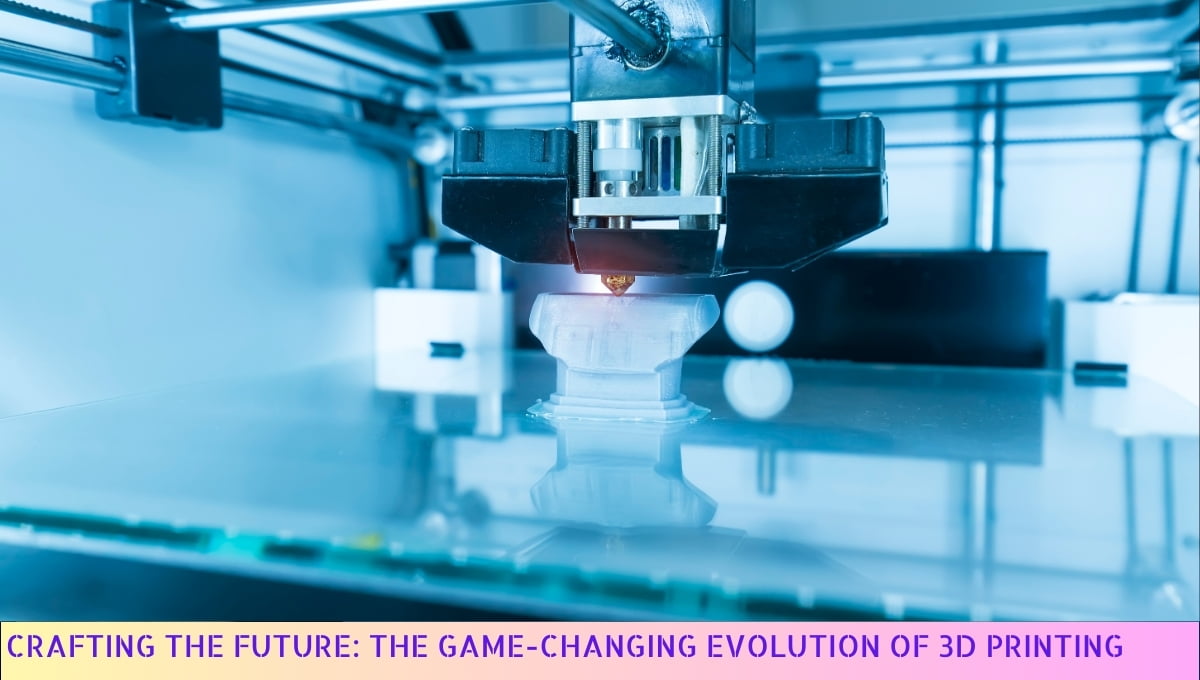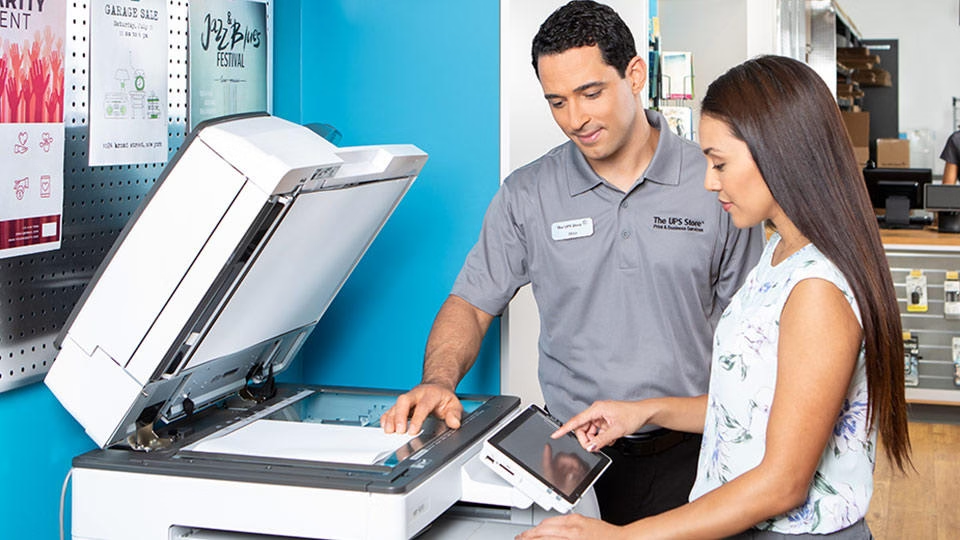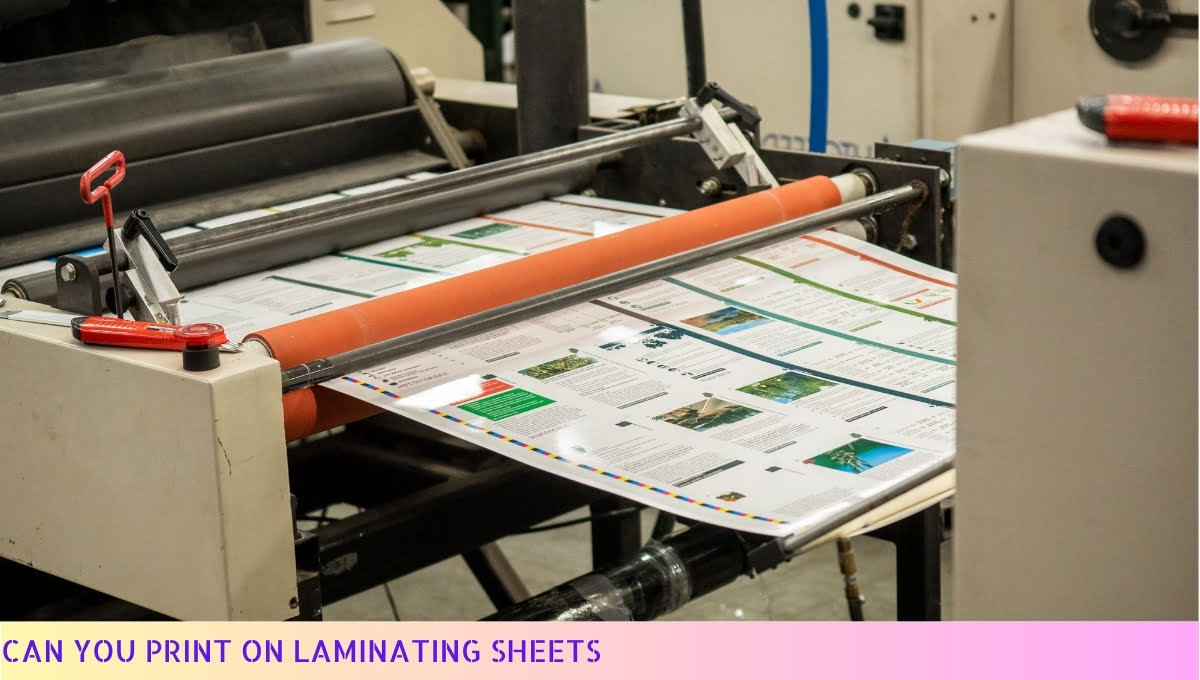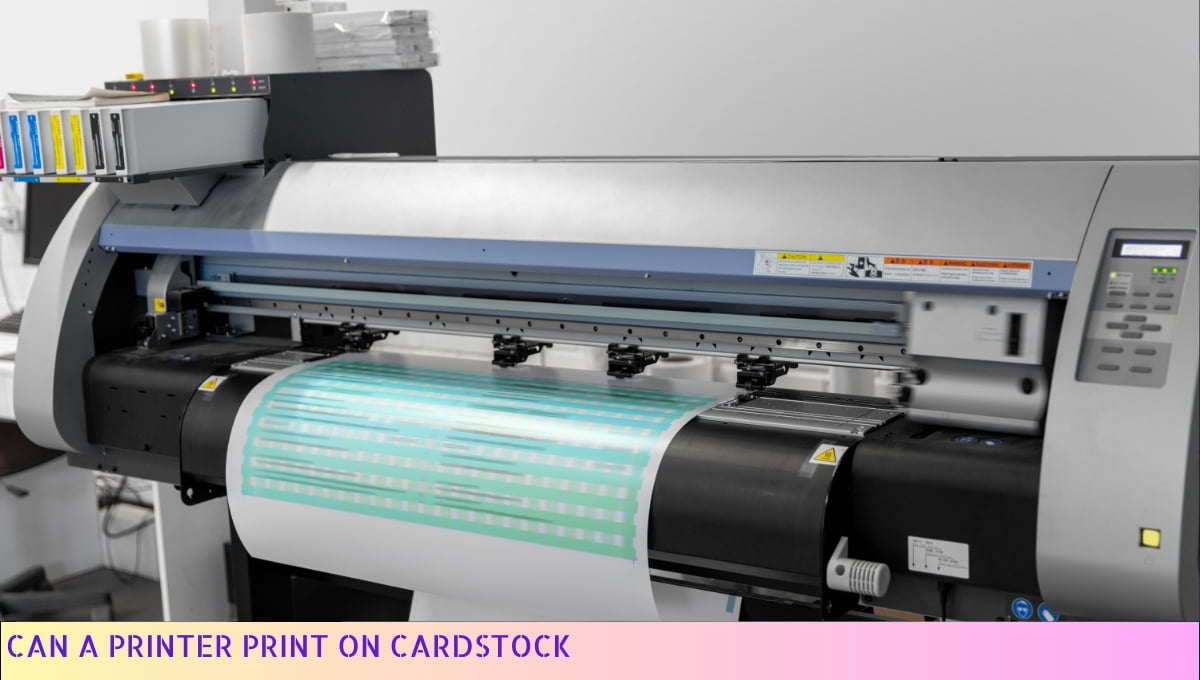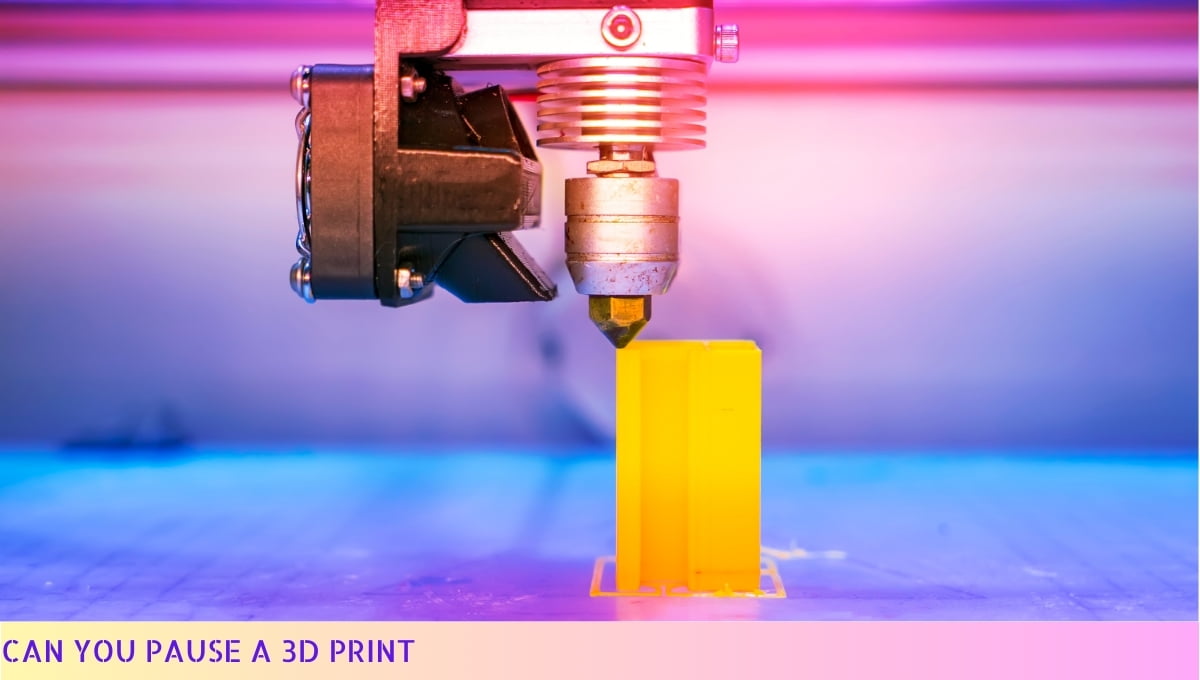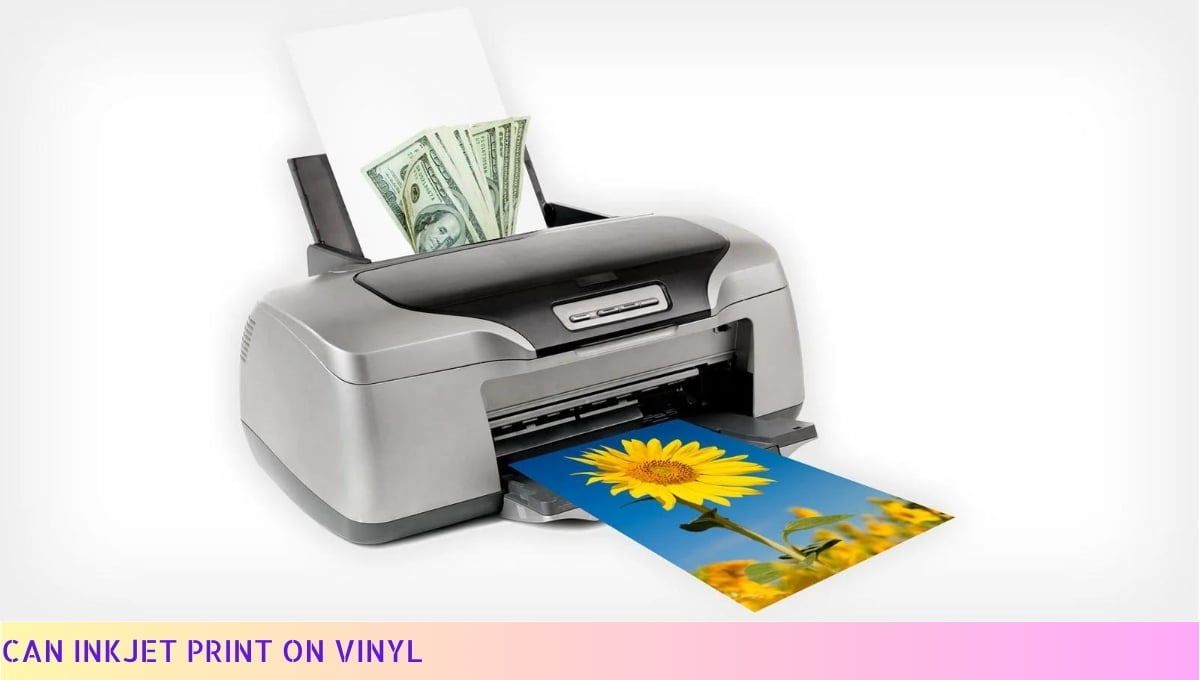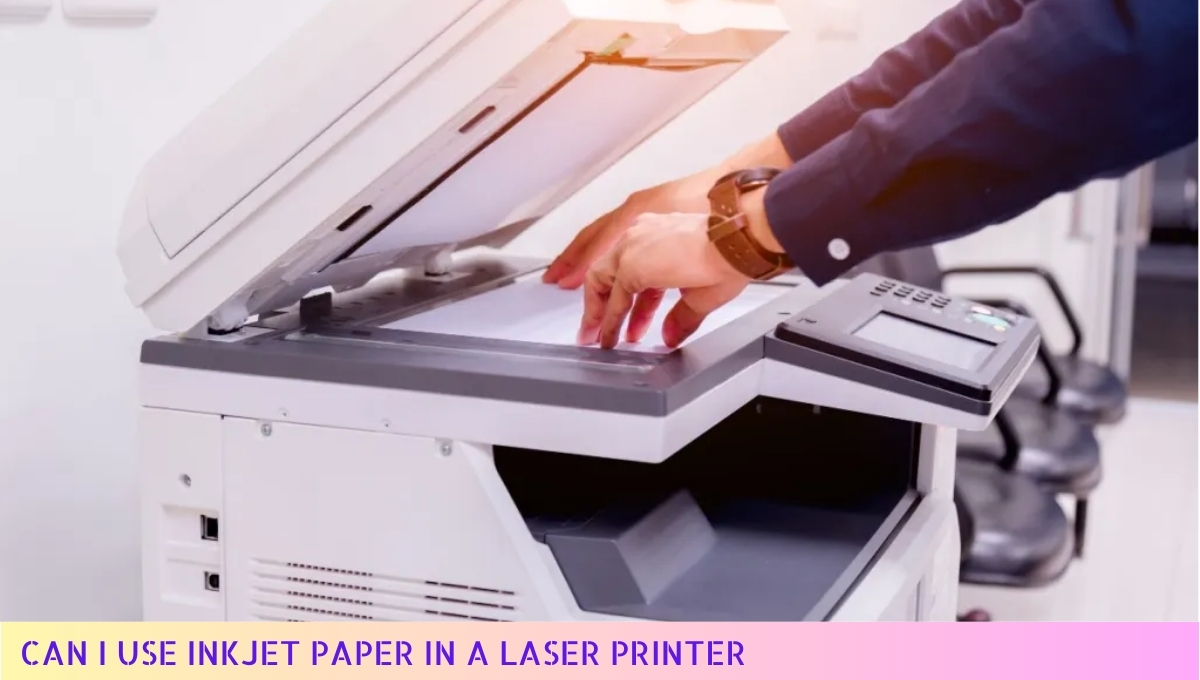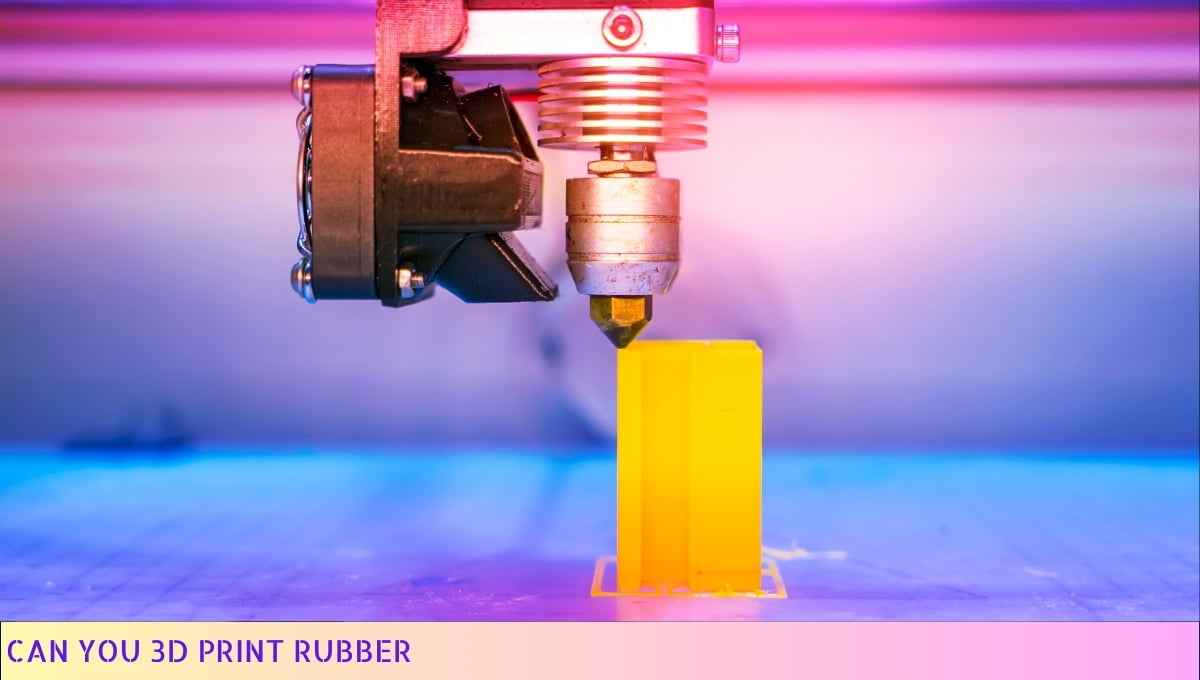The history of printing has evolved from analog to digital methods over time.
Printing has come a long way since its inception, starting with ancient techniques such as woodblock printing and moveable type, and eventually transitioning to the digital era with the invention of computer printers.
This transformation has revolutionized the way information is disseminated, making printing faster, more efficient, and accessible to a wider audience.
The fascinating journey from analog to digital printing highlights the advancements in technology and the impact it has had on society.
The Origins of Printing

Hey there! Today, I’m gonna take you on a journey back in time to uncover the fascinating origins of printing. So, buckle up and get ready to dive into the world of ancient printing techniques!
Back in the day, before the invention of the printing press, people had to rely on good old-fashioned handwriting to spread information.
Can you imagine? It must have taken forever to copy books and documents by hand. Talk about a major time suck!
But then, *drumroll please*, along came Johannes Gutenberg in the 15th century, and he totally rocked the printing game. He revolutionized the way information was shared by inventing the printing press. This bad boy made it possible to produce books and pamphlets in large quantities, and boy, did it change the world!
Gutenberg’s printing press used movable type, which meant that individual letters and characters could be rearranged and reused to create different texts. It was like a DIY kit for printing!
This nifty invention made books more accessible to the masses and played a huge role in the spread of knowledge and ideas during the Renaissance.
Now, let’s fast forward a bit to the 19th century. This is when steam-powered printing presses came into play.
These bad boys were like the muscle cars of the printing world, cranking out newspapers and books at lightning speed. The Industrial Revolution had officially entered the printing game!
But wait, there’s more! In the 20th century, we witnessed the rise of offset printing, which allowed for even more efficient and high-quality printing.
It used a process of transferring ink from a plate to a rubber blanket, and then onto the paper. Talk about a game-changer!
And finally, we arrive at the digital revolution in printing. With the advent of computers and the internet, printing took on a whole new dimension. Suddenly, anyone with a computer and a printer could become a mini publishing powerhouse. It was like printing on steroids!
So, what does the future hold for printing? Well, my friend, we can only speculate.
But one thing’s for sure, printing will continue to evolve and adapt to the ever-changing technological landscape. Who knows, maybe one day we’ll be printing books with our minds or something equally mind-blowing!
And there you have it, the origins of printing in a nutshell. It’s a wild ride from handwritten manuscripts to steam-powered presses to the digital age.
So, next time you pick up a book or read a newspaper, take a moment to appreciate the incredible journey that printing has taken. It’s a true testament to human ingenuity and our insatiable thirst for knowledge. Keep on printing, my friends!
The Evolution of Printing Techniques

Printing techniques have come a long way since their inception.
From the early days of hand-carved blocks to the modern digital printing methods, the evolution of printing has revolutionized the way we produce and consume printed materials.
The Gutenberg Press
One of the most significant milestones in printing history was the invention of the Gutenberg Press in the 15th century.
Developed by Johannes Gutenberg, this innovative printing press allowed for the mass production of books and revolutionized the spread of knowledge.
The Gutenberg Press used movable type, where individual characters were arranged to form words and sentences. This technique greatly increased printing speed and efficiency.
Lithography
In the early 19th century, the introduction of lithography brought about another major advancement in printing. This technique, invented by Alois Senefelder, involved the use of a flat stone surface to transfer ink onto paper.
Lithography made it possible to reproduce intricate illustrations and colorful images, opening up new possibilities for artistic expression and commercial printing.
Offset Printing
Offset printing, also known as litho-offset, emerged in the early 20th century and quickly became the dominant printing method.
This technique involves transferring ink from a metal plate to a rubber blanket before it is applied to the printing surface.
Offset printing offers high-quality results, precise color reproduction, and the ability to print on a variety of surfaces, making it ideal for large-scale commercial printing.
Digital Printing
In recent decades, digital printing has revolutionized the printing industry. Unlike traditional printing methods that rely on physical plates or screens, digital printing uses digital files to directly transfer ink onto the printing surface.
This eliminates the need for costly setup and allows for quick turnaround times and customization options.
Digital printing has made it easier and more affordable for businesses and individuals to produce high-quality printed materials in smaller quantities.
3D Printing
One of the most exciting advancements in printing technology is 3D printing. This innovative technique allows for the creation of three-dimensional objects by layering materials such as plastic, metal, or even human tissue.
3D printing has revolutionized industries such as manufacturing, healthcare, and architecture, opening up new possibilities for design, prototyping, and customization.
The Future of Printing
The printing industry continues to evolve at a rapid pace, driven by advancements in technology and changing consumer demands.
As we look to the future, there are several trends that are likely to shape the printing industry:
- Increased sustainability: With growing concerns about the environmental impact of printing, there is a greater focus on sustainable printing practices. This includes using eco-friendly materials, reducing waste, and implementing energy-efficient printing processes.
- Personalization: Consumers are increasingly seeking personalized printed materials, such as customized books, invitations, and marketing materials. Digital printing technology allows for easy personalization, making it possible to cater to individual preferences and target specific audiences.
- Integration with digital platforms: The integration of printing with digital platforms is becoming more prevalent. QR codes, augmented reality, and interactive print are examples of how printed materials can be linked to digital content, creating a more immersive and interactive experience for users.
- Advancements in 3D printing: 3D printing technology is expected to continue advancing, enabling the creation of more complex and functional objects. This has the potential to revolutionize industries such as healthcare, aerospace, and manufacturing.
The evolution of printing techniques has transformed the way we produce and consume printed materials. From the Gutenberg Press to digital printing and 3D printing, each advancement has brought new possibilities and opportunities.
As technology continues to advance, the future of printing looks promising, with sustainability, personalization, digital integration, and 3D printing shaping the industry.
The Digital Revolution in Printing
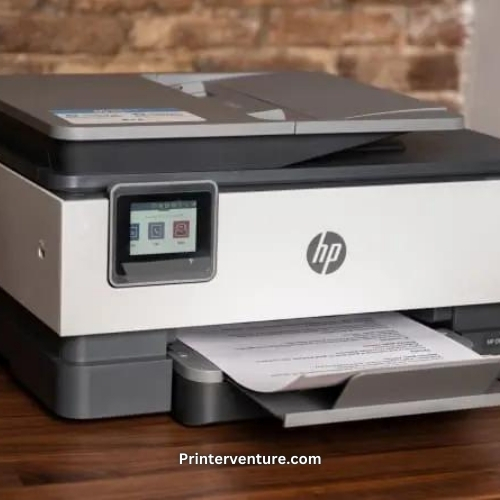
The advent of digital technology has revolutionized the printing industry, allowing for faster, more efficient, and higher quality printing processes.
This digital revolution has transformed the way we produce printed materials, making it easier and more accessible for individuals and businesses alike.
The Rise of Digital Printing
Digital printing has rapidly gained popularity due to its numerous advantages over traditional printing methods. With digital printing, there is no need for costly setup and plate-making processes, as everything is done digitally.
This eliminates the need for large print runs to be cost-effective, making it ideal for small-scale printing projects.
Furthermore, digital printing offers exceptional flexibility and customization options. Each printed piece can be personalized, allowing for targeted marketing campaigns and personalized communication.
This level of customization is a game-changer in industries such as direct mail marketing and variable data printing.
The Advantages of Digital Printing
One of the key advantages of digital printing is its speed. Digital printers can produce prints at a much faster rate compared to traditional printing methods.
This is particularly beneficial for time-sensitive projects or when quick turnaround times are required.
In addition to speed, digital printing also offers excellent print quality. The advancements in digital printing technology have resulted in sharp and vibrant prints, rivaling or even surpassing the quality of traditional printing.
This is especially important for businesses that require high-quality prints to showcase their products or services.
Another significant advantage of digital printing is its cost-effectiveness. Traditional printing methods often require large print runs to be economically viable, resulting in excess printed materials and wasted resources.
Digital printing allows for on-demand printing, reducing waste and saving money.
The Impact of Digital Printing on the Industry
The digital revolution in printing has had a profound impact on the industry as a whole. Traditional printing companies have had to adapt and integrate digital printing technologies into their operations to stay competitive.
This shift has led to a more streamlined and efficient printing process, benefiting both the printers and their clients.
Moreover, the rise of digital printing has opened up new opportunities for designers and artists.
The ability to print on a wide range of materials and experiment with different printing techniques has expanded the creative possibilities in the field of printing.
The Future of Digital Printing
As technology continues to advance, the future of digital printing looks promising.
New innovations such as 3D printing and nanotechnology are already making waves in the printing industry, offering even more possibilities for customization and creativity.
Additionally, the integration of digital printing with other technologies, such as augmented reality and Internet of Things (IoT), is expected to revolutionize the way we interact with printed materials.
Imagine a world where printed advertisements come to life or packaging that can provide real-time information about its contents.
In conclusion, the digital revolution in printing has transformed the industry, making printing more accessible, efficient, and customizable.
The advantages of digital printing, including speed, quality, and cost-effectiveness, have made it a preferred choice for many individuals and businesses.
As technology continues to advance, the future of digital printing holds even more exciting possibilities.
The Future of Printing
As we look ahead to the future of printing, it is clear that technology will continue to play a significant role in shaping the industry.
The digital revolution has already transformed the way we print, and we can expect further advancements in the years to come.
1. 3D Printing
One of the most exciting developments in printing technology is 3D printing. This innovative process allows for the creation of three-dimensional objects by layering materials on top of each other.
With 3D printing, it is possible to produce complex and intricate designs with ease. This technology has already been utilized in various fields, including manufacturing, healthcare, and architecture.
As it becomes more accessible and affordable, we can expect to see even greater adoption of 3D printing in the future.
2. Sustainable Printing
Sustainability is a growing concern in all industries, and printing is no exception. In recent years, there has been a shift towards more environmentally friendly printing practices.
This includes using eco-friendly materials, reducing waste, and implementing energy-efficient processes.
As consumers become more conscious of their environmental impact, demand for sustainable printing solutions will continue to rise. Printers that prioritize sustainability will have a competitive advantage in the market.
3. Personalized Printing
Personalization has become a key trend in marketing, and printing is no exception. Advances in digital printing technology have made it easier and more cost-effective to produce personalized materials.
From customized direct mail campaigns to personalized packaging, businesses can now tailor their print materials to individual customers. This level of personalization helps to enhance customer engagement and drive better results.
As technology continues to improve, we can expect to see even more sophisticated methods of personalization in printing.
4. Integration of Augmented Reality
Augmented Reality (AR) is another technology that holds great potential for the future of printing. By integrating AR into print materials, businesses can create interactive and immersive experiences for their customers.
For example, a magazine advertisement can come to life when viewed through a smartphone or tablet, providing additional information or entertainment.
This integration of AR and printing opens up new possibilities for engagement and creativity.
5. Digital Transformation
The digital revolution has already transformed the printing industry, but the process of digital transformation is ongoing. Printers must continue to adapt to changing technologies and customer expectations.
This includes investing in digital printing equipment, optimizing workflows, and embracing automation.
By embracing digital transformation, printers can streamline their processes, improve efficiency, and deliver better results for their clients.
| Technology | Impact |
|---|---|
| 3D Printing | Revolutionizing manufacturing and design |
| Sustainable Printing | Meeting the demand for eco-friendly practices |
| Personalized Printing | Enhancing customer engagement and response rates |
| Integration of Augmented Reality | Creating interactive and immersive experiences |
| Digital Transformation | Improving efficiency and delivering better results |
The future of printing is filled with exciting possibilities. From 3D printing to sustainable practices, personalized materials to augmented reality integration, and ongoing digital transformation, the printing industry is poised for continued innovation and growth.
By staying ahead of the curve and embracing these advancements, printers can thrive in the digital age.
Frequently Asked Questions about the Fascinating History of Printing
1. What is the history of printing?
The history of printing dates back to ancient times, with the invention of woodblock printing in China around 200 CE. It gradually evolved through various techniques, including movable type, letterpress printing, and eventually digital printing.
2. Who invented the printing press?
The printing press was invented by Johannes Gutenberg in the mid-15th century. His invention revolutionized the printing industry by introducing movable type, making mass production of books possible.
3. How did printing impact society?
Printing had a profound impact on society by making knowledge more accessible to the masses. It facilitated the spread of ideas, accelerated the dissemination of information, and played a crucial role in the Renaissance, Reformation, and scientific revolution.
4. What is letterpress printing?
Letterpress printing is a technique that involves using raised, inked plates to transfer an image or text onto paper. It was widely used from the 15th to the 20th century and is known for its distinct, tactile quality.
5. When was the first digital printer invented?
The first digital printer was invented in 1953 by Remington-Rand. It used magnetically charged ink particles to produce high-quality prints.
6. What is the difference between analog and digital printing?
Analog printing, such as letterpress or offset printing, involves transferring ink to paper using physical plates or cylinders. Digital printing, on the other hand, uses digital files to directly control the inkjet or laser printing process, eliminating the need for physical plates.
7. How has digital printing revolutionized the industry?
Digital printing has revolutionized the industry by offering faster turnaround times, lower costs for short print runs, variable data printing capabilities, and the ability to produce high-quality prints with minimal setup.
8. What is 3D printing?
3D printing, also known as additive manufacturing, is a process of creating three-dimensional objects by layering materials based on a digital model. It has opened up new possibilities in various fields, including manufacturing, healthcare, and design.
9. Are traditional printing methods still used today?
Yes, traditional printing methods like letterpress and offset printing are still used today, particularly for specialized projects, high-end stationery, and art prints. These methods offer unique aesthetic qualities that digital printing cannot replicate.
10. What does the future hold for printing?
The future of printing is likely to continue evolving with advancements in technology. 3D printing is expected to become more widespread, and digital printing may further improve in terms of speed, quality, and cost-effectiveness.
Wrapping Up
From the humble beginnings of printing with moveable type in ancient China to the revolutionary digital printing technologies of today, the history of printing is a fascinating journey of innovation and progress.
The transition from analog to digital printing has not only revolutionized the way we produce printed materials, but it has also opened up new possibilities for customization, efficiency, and accessibility.
As we continue to embrace the digital age, it is important to remember and appreciate the rich history of printing, which has paved the way for the advanced printing technologies we enjoy today.

